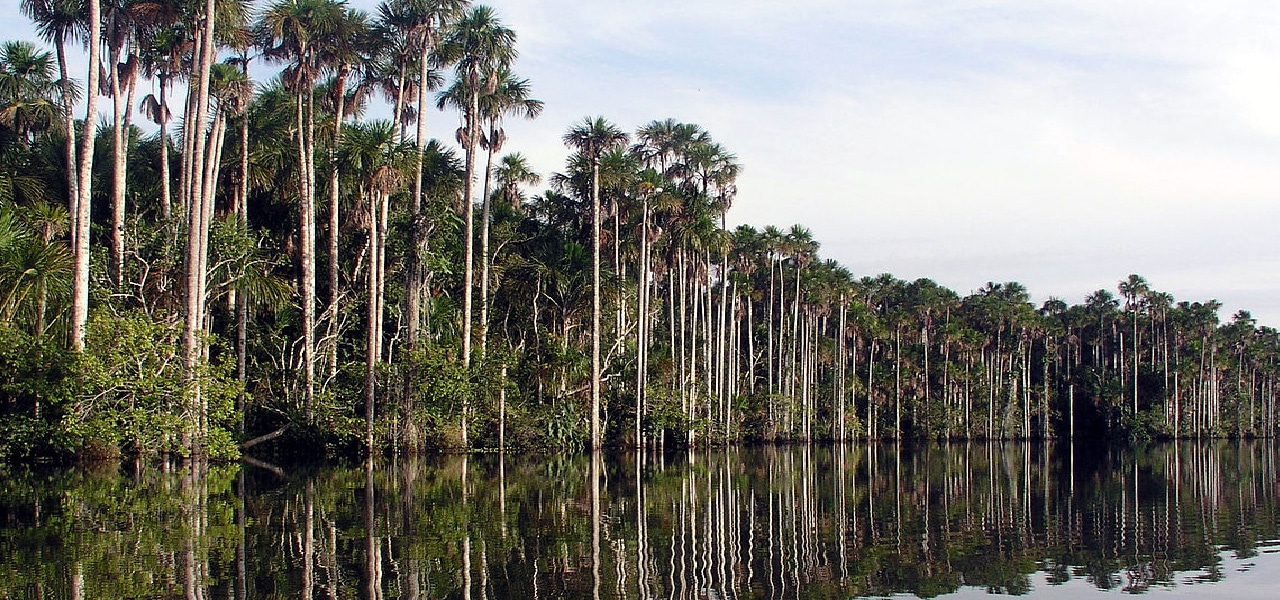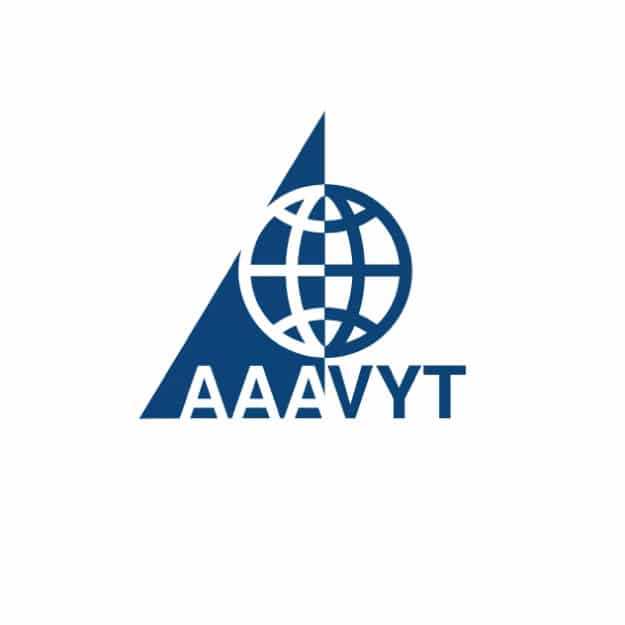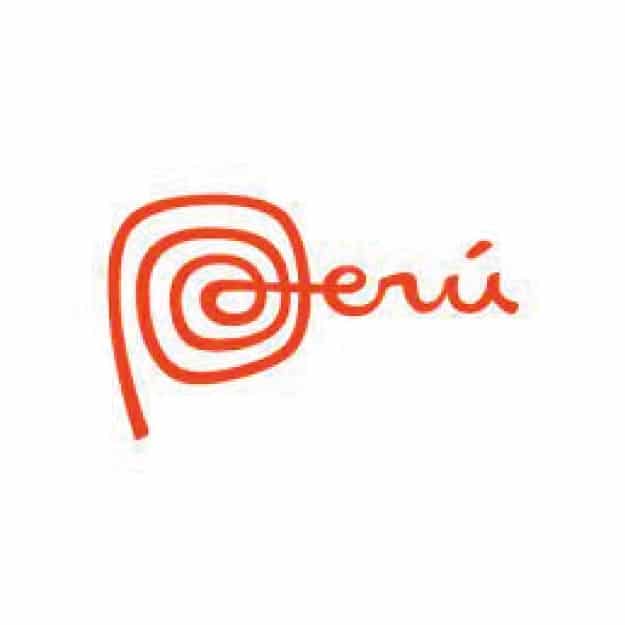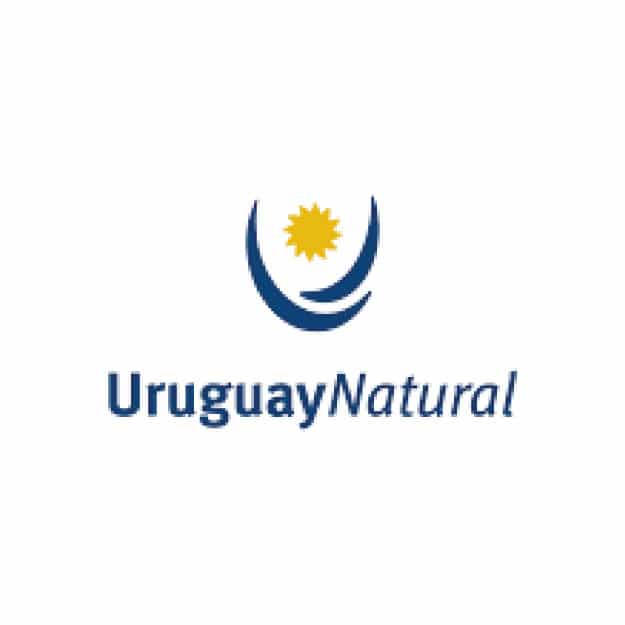What to see in Puerto Maldonado?
The city of Puerto Maldonado is an exotic and original mix between abundant natural life and the urban joy of its pubs and restaurants. The infinite natural green that can be appreciated from the Biodiversity Tourist Viewpoint is a perfect setting for the best photographs; and in its picturesque Plaza de Armas you can feel all the hospitality of the locals. Puerto Maldonado offers, without a doubt, an excellent opportunity to make a pleasant stopover before and after visiting the depth of the jungle.
Tambopata National Reserve
The Tambopata National Reserve is Located at the confluence of the rivers La Torre and Tambopata, with an area of 5,500 hectares of virgin forest. Noted for its richness and variety of birds (about 600 species), butterflies (900 species) and dragonflies (115 species).
Tambopata is located in the Amazonian region of Madre de Dios, Tambopata National Reserve unveils its richness in the form of colors, sounds, heat and life. Mammals, birds, reptiles and butterflies are abundant; thousands of species of trees and flowers greet visitors on trails; and aquatic creatures in their natural habitat display their curiosity, even posing for the camera on occasion. Tambopata is the perfect place to discover the rainforest and fall in love with it forever.
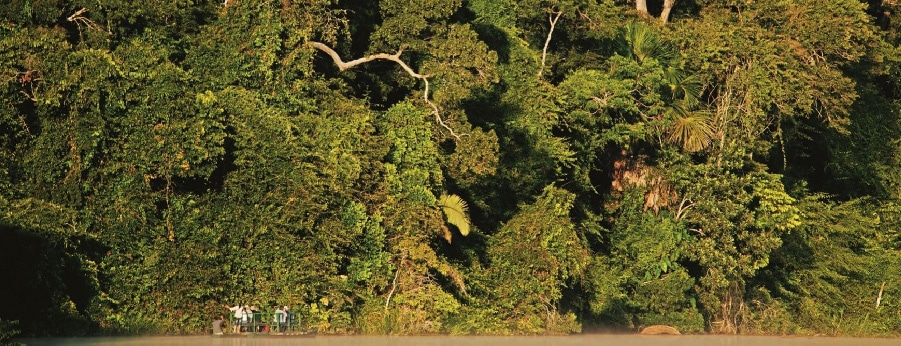
National Sanctuary Pampas del Health
The National Sanctuary Pampas del Heath was declared a protected natural area in 1983.Covers an area of 102,109 hectares. It is reached by sailing through the river Madre de Dios. The journey from the city of Puerto Maldonado can last up to two and a half days by canoe, in which travel about 150 miles. Currently, this sanctuary has joined the Bahuaja Sonene
National Park of Bahuaja- Sonene
90 km from the city of Puerto Maldonado (5 hours by boat) was established to protect the only humid tropical savannah in Peru. The Bahuaja Sonene is among the departments of Madre de Dios and Puno, in the provinces of Tambopata, Carabaya and Sandia.
It covers an area of 1,091,416 hectares and continues to the Republic of Bolivia. Among the most important animals in the area include the maned wolf, the marsh deer, giant anteater, giant river or giant otter, wild dog, the black caiman and the harpy eagle.
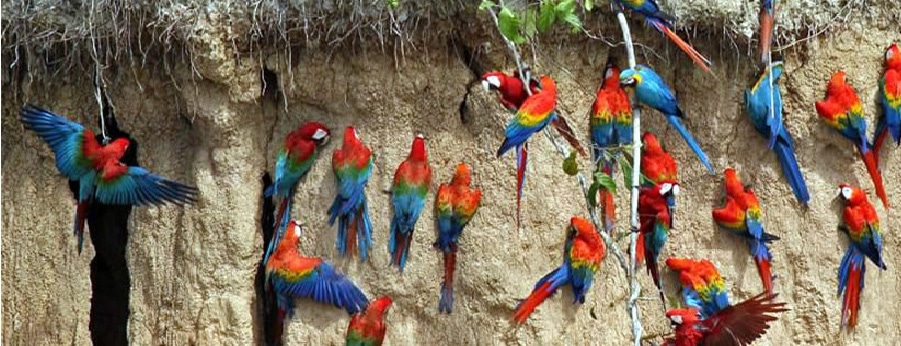
Colpa de Guacamayos
Is located to 150 km from the city of Puerto Maldonado (around 8 hours by boat) is located in the Tambopata National Reserve, to the left bank of Tambopata river. He is recognized as the largest clay lick in the Peruvian Amazon. Go there every morning, five species of macaws, parrots and parakeets. The birds peck flit before the clay of the cliff and after 25 to 30 minutes, leave to return the next day. Occasionally, also come tapir, capybara and squirrels in the treetops you can see several species of monkeys like the red howler, capuchin, marmoset and occasionally maquisapas. The scientists explain that this behavior is that the clay helps to counteract the toxins of unripe fruits of which they feed

